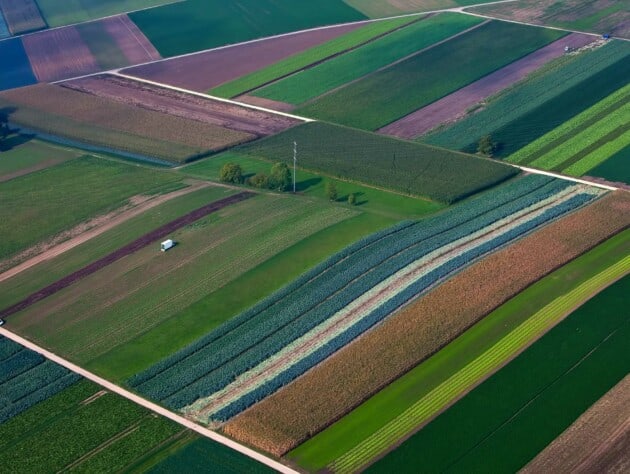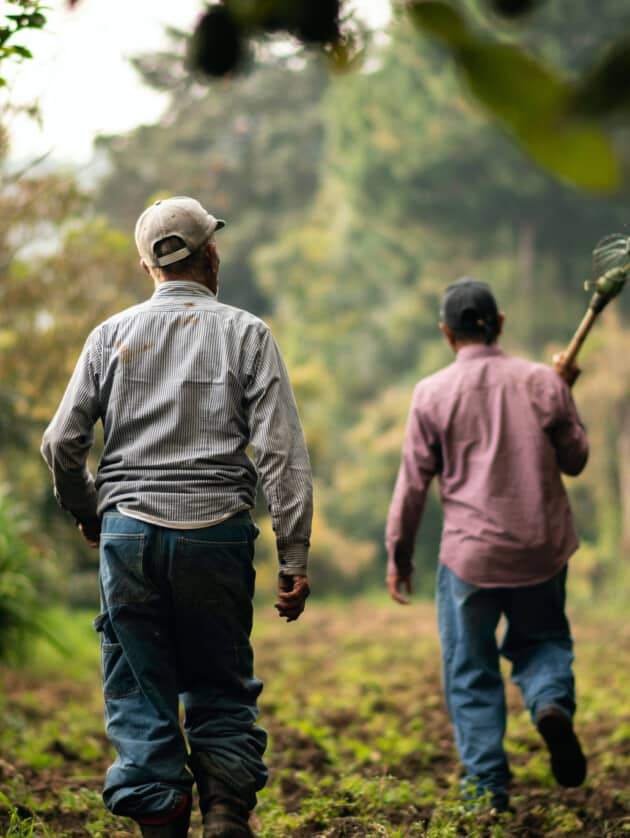The Organic Content Standard aims to increase organic agricultural production.
The Organic Content Standard (OCS) is a voluntary global standard that sets the criteria for third-party certification of organic materials and chain of custody.
GOALS
We’re incentivizing farmers to go organic and helping companies to verify their claims.

How it Works
Tracing organic fibers from farm to final product
Organic Content Verification
Only material from certified organic farms (under one of IFOAM’s Family of Standards) is accepted to the OCS.

Chain of custody
Certification makes sure the identity of the organic content is maintained from the farm to the final product.

Credible Certification
A professional, third-party certification body audits each stage in the supply chain.

Confident Communication
A professional, third-party certification body audits each stage in the supply chain.

Stakeholder Engagement
The OCS is managed with the input of producers, suppliers, brands, and retailers from all parts of the globe.

DEVELOPMENT
Catch up on revisions and changes
The first version of the OCS was launched in March 2018. In 2019, we began revisions for OCS 3.0, and the updated standard was released on March 1, 2020. For a summary of the comments received during the Public Stakeholder Review period, you can take a look at the OCS 3.0 Consultation Feedback Summary.
In 2021, we began a sweeping revision of our standards framework with the aim of developing a harmonized system that incorporates our current suite of standards, and outcomes focused on our Climate+ strategy.
The criteria for the new Materials Matter Standard have been approved by the International Working Group and will be launched on December 12, 2025. From the effective date on December 31, 2026, eligible certified organizations can request audits by approved certification bodies. The mandatory date is December 31, 2027, and eligible organizations must complete their next audit to the new standard to maintain their certification from that date onwards. Sites who are currently certified, or pursuing certification, to our current standards should keep an eye on updates as the timeline progresses.
Spotlight On
In-conversion cotton
Demand for organic fibers like cotton has increased dramatically in recent years. But when farmers make the switch to organic practices, there’s a transitional period when what they produce isn’t certified. Financially supporting farmers through this transition will be essential to ensure organic fibers for the future. That’s why we’re now recognizing in-conversion content in our standard.
Frequently Asked Questions
If you have a question not answered here, get in touch with us directly, and we’ll be happy to answer it for you.
Are Textile Exchange standards recognized globally?
Yes, all our standards apply globally. You can use our logos worldwide as long as you meet the requirements for logo use and claims.
Do you have translations of your standards available in other languages?
Visit the Document Library to see all standards documents. For some, translations are available.
Where can I source organic cotton?
You can find an organic cotton supplier in our Supplier Directory.
What is the difference between the Organic Content Standard (OCS) and GOTS?
GOTS has additional processing requirements. It also requires a 70% minimum content percentage and has restrictions on other the fibers that organic content can be blended with.